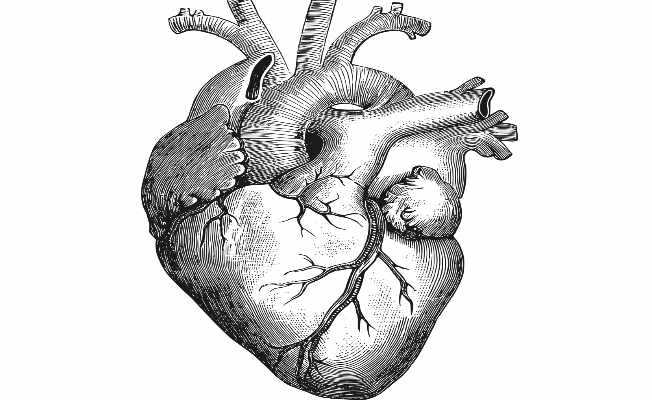What is Tetralogy of Fallot?
Tetralogy of Fallot is a combination of four birth defects in the heart, which results in poor oxygen content of the blood flowing throughout the body. The four defects which result in this condition are:
- Ventricular septal defect (VSD), a condition in which there is a defect in fusion of the right and left ventricles (chambers of the heart)
- Thickening of the right ventricle
- Obstruction of blood flow from the heart to the lungs
- Incorrectly positioned aorta (the main artery in the body)
What are its main signs and symptoms?
The major symptom seen in a person suffering from tetralogy of Fallot is a bluish hue of the skin due to the lack of oxygen-rich blood. Other symptoms of the condition are:
- Clubbed fingers
- Sudden episodes of fainting
- Sudden severe blue discolouration of the skin
- Easy tiredness with minimal activity
- Weakness
What are the main causes?
The exact reason for the development of tetralogy of Fallot is not known, but the suggested causes which may lead to this condition can be:
- Poor prenatal diet can result in the infant being born with a heart condition
- Diabetes is considered to be a reason for the development of tetralogy of Fallot
- Children with Down syndrome are susceptible to developing the condition
How is it diagnosed and treated?
Tetralogy of Fallot can be determined by a regular ultrasound in an infant with an abnormal heartbeat. At the time of birth, the doctor may order tests if the skin of the new-born appears to be bluish. Tests and exams generally ordered to confirm the condition are:
- A heart MRI
- An X-ray of the chest
- An echocardiogram to look for any abnormality in structure or activity of the heart
The only treatment for this condition is to perform heart surgery to repair the defects. If the infant is too weak, a temporary repair may be done for the baby to gain health and be ready for a complete surgery. The surgery is usually performed earlier in life, as the condition can cause problems such as rhythm disturbances, seizures and delayed development if left untreated.
















